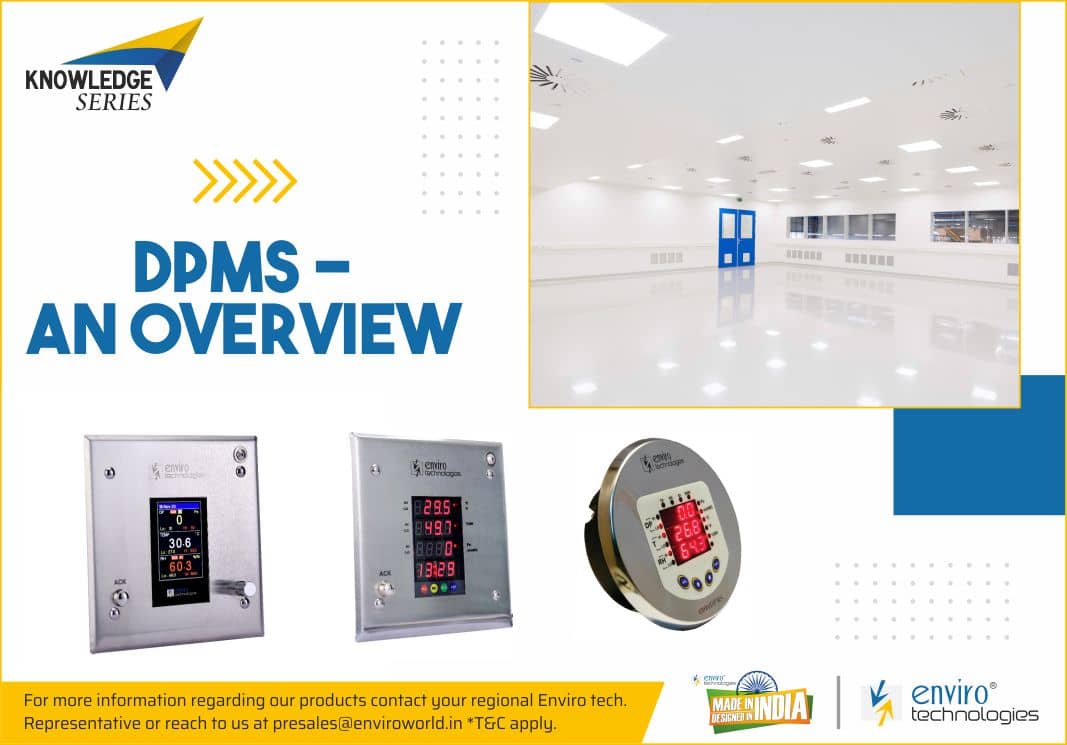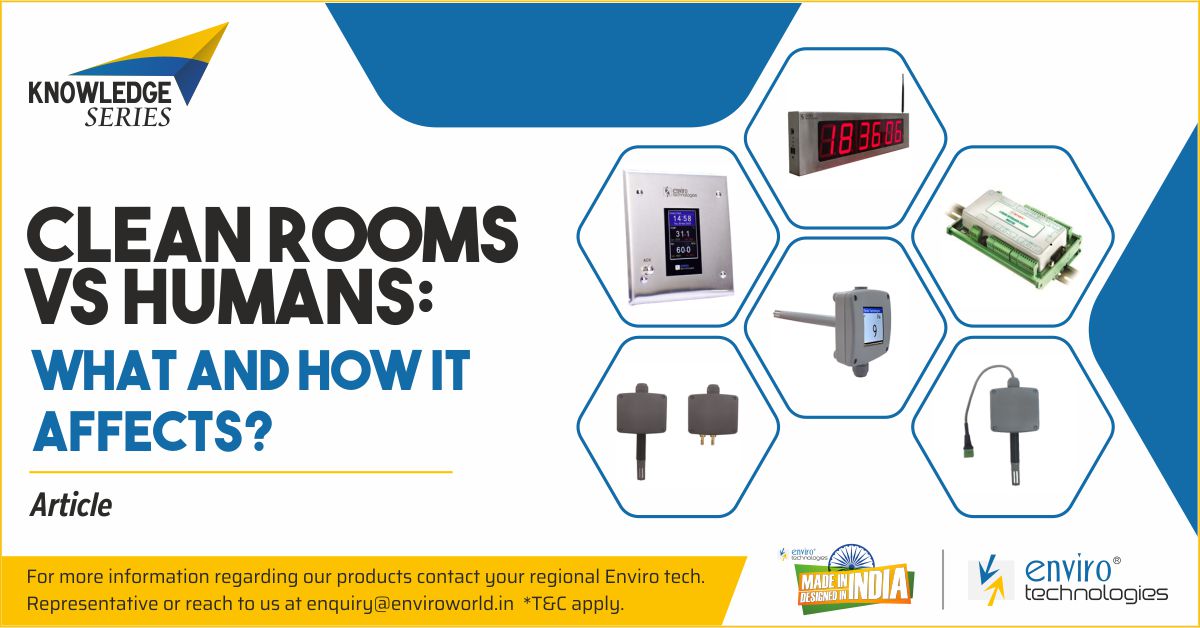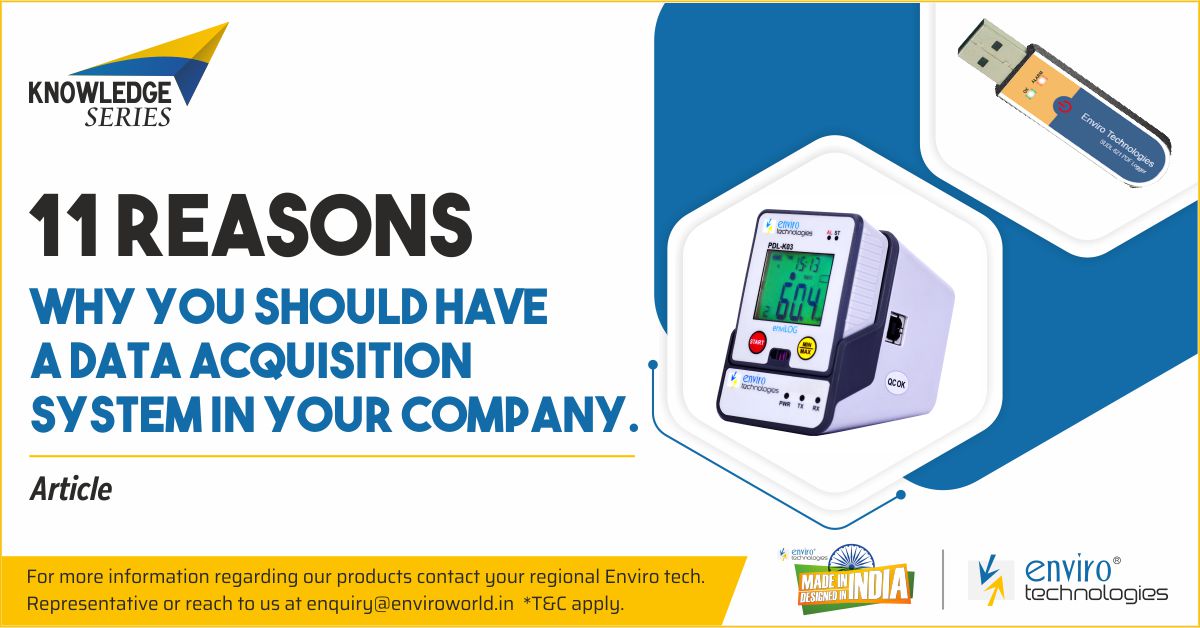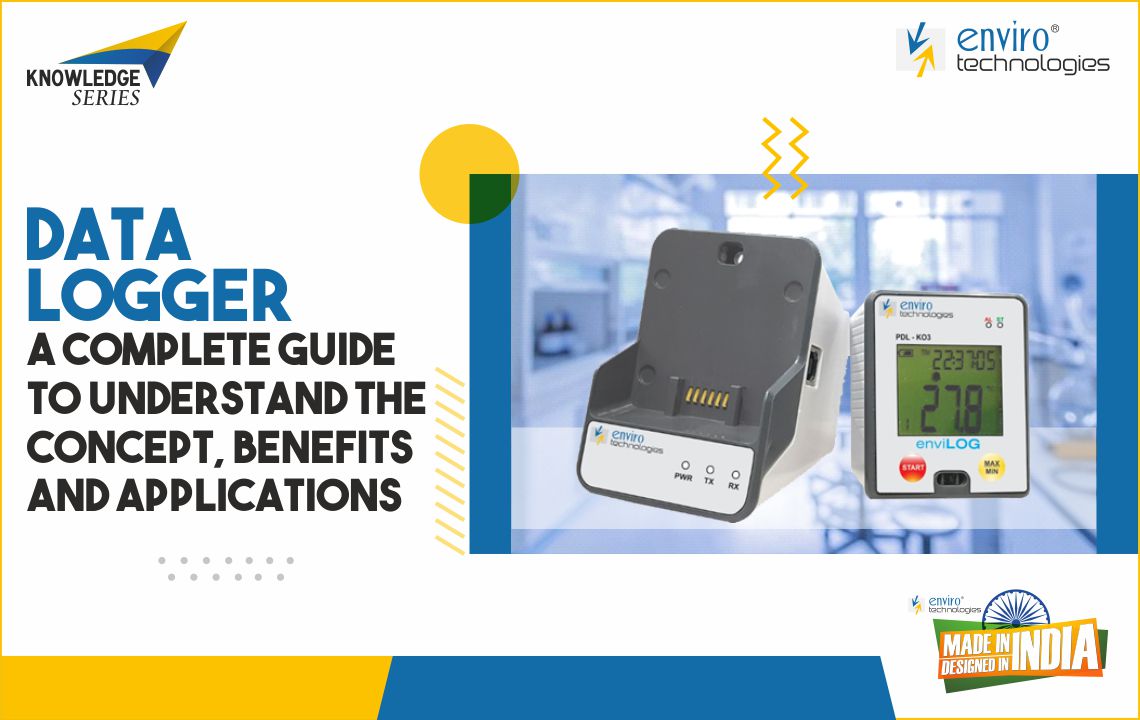Cold Chain logistics refers to the transportation of temperature-controlled products. The increasing demand for food, beverages, medical goods, temperature-sensitive chemicals, and other items and pharmaceutical industries has put a lot of pressure on cold chain management practices. The major challenge faced by the companies is to ensure that the goods offered are in a decent condition upon delivery.
The problem with cold chain logistics lies in its complexity. The inconsistencies are one of the primary reasons for the spoilage of drugs and food. It is tough to warrant appropriate refrigeration throughout the process of loading to delivering at the final location. Therefore, we need to consider the best management practices across the cold chain.
1. Shipment Preparation
Preparation is the first and most crucial step in the process. Therefore, it is imperative to know about the product, like its ideal temperature, characteristics, and packaging requirements.
One of the most critical elements is temperature. The temperature of the cold chain equipment should be appropriately attained. Thus, the cooling equipment should be installed based upon the requirement of the shipment. The product should reach the delivery location without getting spoiled. In turn, this could have an impact on the demand for the product.
Along with the temperature, humidity and hygiene are two essential elements that can affect the product. Therefore, the refrigerated containers or equipment should be cleaned and sanitized appropriately to avoid any hazards.
2. Guaranteeing the 'Cold' in the Cold Chain
The first step is to pre-cool the equipment to survive the ambient temperature of the container. The required temperature range of the product needs to be maintained across the cold chain. It might not be an easy task for a person to pre-cool a container. Therefore, a two-way reefer control is a viable option to guarantee the efficiency of the operation.
Another issue that arises in the cold chain supply is related to the sudden equipment failure. It is better to be prepared beforehand than to experience a loss of hundreds or thousands of dollars. Thus, there should be regular maintenance and a systematic search for any defect in the equipment.
Even after this, there is a possibility of equipment failure when the transport is enroute. A monitoring system can be installed to alleviate this kind of failure to observe and notice any changes. If the temperature drops below the required threshold, it can warn the concerned person immediately. In turn, the action can be taken at the moment, and the damage could be reduced.
The current season can be an essential factor that can lead to a change in the container's temperature. For example, in the summer season, it can be equally challenging to maintain the integrity of the product from end to end. However, the loading and unloading time should be carefully noted to avoid any spoilage. For this purpose, door monitors work as an excellent tool to provide you with an insight into when and how long the door was kept open. It will help to confirm that the product did not face any unwanted exposure that could be damaging.
Thus, to guarantee the “cold” in the cold chain a series of steps needs to be taken to ensure that the product is delivered without any damage.
3. Packaging
Packaging material can either break or make the cold chain. The maintenance of the product quality during shipment is reliant on the correct packaging. Consequently, it helps to cut back on the risk associated with product contamination. There is a growing number of products that are temperature sensitive. Hence, there is a need for temperature-controlled packaging.
The most widely used packaging is made of aluminium. Aluminium ensures the safety of the product. It can undergo a varied range of temperatures. The two other factors involve secondary and tertiary packaging. The packaging of the product should be carefully chosen as they maintain the flow of air during transportation.
In terms of the approach, packaging also pertains to the containers. The type of packaging includes active and passive packaging. Active packaging comprises a thermostatic control, monitoring devices and energy source, whereas passive packaging includes packages like dry ice to maintain the threshold. Yet, the choice of packaging is based on the cost-benefit analysis of the available options.
4. Specialized Cold Chain Networks
There is a need for a specialized cold chain network to meet the demands of the product. The equipment, facilities and personnel in the logistics department must be trained to handle the product efficiently. It will help to avoid pressure on the manufacturer and mismanagement of the cold chain logistics. Another advantage of the specialized cold chain networks is its warranty that the deliveries are handled and redirected skilfully.
5. Develop standard operating procedures
Standard Operating Procedures (SOPs) should be developed for the smooth functioning of the complete process. The policies and procedures should be laid out clearly and collaboratively to avoid any mismanagement. SOPs can include topics such as equipment handling issues, pickups and distributions, packaging techniques, etc. They can be detailed yet simple to understand. Regardless, they should contain all rules and regulations and layout the responsibilities. SOPs must mention who is responsible, what needs to happen, and how checks and balances occur.
Same procedures should be applied across the supply chain to streamline the process and encourage consistency. All the involved parties should collaborate throughout the process to confirm desirable outcomes. Well-developed SOPs can enhance productivity, reduce risk and help deliver a superior product to the end consumer.
6. Smarter Cost Management
The advancement in technology has led to better equipment and facilities for temperature-controlled products. On the other hand, the cost associated with technology can be high. The decision to invest in technology can depend upon the characteristics of products. If the product is exclusive, then it may be worth the added expense.
Still, it is essential to find a more innovative way to manage the cost. One way to look at it includes the total cost of ownership. It comprises all the direct and indirect costs—the veiled costs like loss of brand value, the sentiment of investor, risk of penalties etc. Considering the total cost of ownership can be an added advantage.
7. Investing in Technology
Technology plays a crucial role in the modern world. Unlike the past, monitoring technologies today, like GPS trackers, temperature and humidity control devices, sensors, etc., are easily accessible and come at an affordable price. There is a high advantage of using new appliances, and it can help reduce the risk of damage to the product.
The GPS can keep track of the temperature, humidity level, shipment location, and various other relevant information. The updates obtained can help notify and alert the person of any failure, breakdowns, etc. Overall, the integrity of the product can be maintained efficiently with the use of technology.
8. Building Skilled Teams
Regardless of the technology and assets, the logistics team should have competent and knowledgeable people for various job roles. The success of the cold chain lies in the hands of the people with expertise. It gives the company an upper hand to optimize the results.
A qualified individual will better understand the workings of the cold chain to keep the process effortless from the start till the end. They will be adept at recognizing the business challenges and can act on any potential issue quickly. The specialists should be able to balance unappealing load qualities with tactical initiatives to benefit both the transporter and the shipper. Therefore, it is vital to create a team with the correct skillset.
9. Continuous Compliance
There are various guidelines and protocols directing temperature control in both the storage and shipping of the products. Compliance refers to the gap analysis of the ethics that apply to the products in the cold chain and the steps taken to verify temperature control during storage and distribution.
One of the cold chains compliance required by the shipper is the use of qualified packaging methods like appropriate material, protected containers and other methods that will help maintain the specified temperature of the product.
Thus, compliance works as evidence of product integrity to regulatory authorities and at the same time will help to strengthen the relationship with the customers.
10. Leveraging Artificial Intelligence
Artificial Intelligence is already beginning to modify the face of the cold chain industry. Planning sales and operations is the final collective decision-making process. AI technologies can be used by companies in operations and sales planning and other cold chain data pools to manage demand unpredictability, supply restraints, production arrangement and distribution. AI can supplement human interaction by distributing resources, assigning people and scheduling processes.
Conclusion
With the rising changes in the global market, cold chain management might take a more complex turn to meet the requirements of the industries. In the coming future, technology will play a substantial role in the management of logistics. Therefore, with the integration of developed technologies and proficient human resources, businesses can overcome the upcoming hurdles by delivering high-quality products to the end consumer.




















